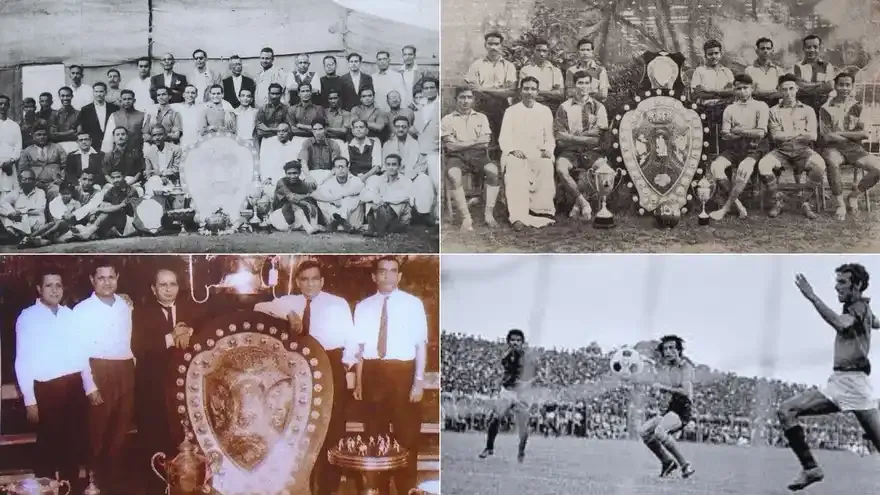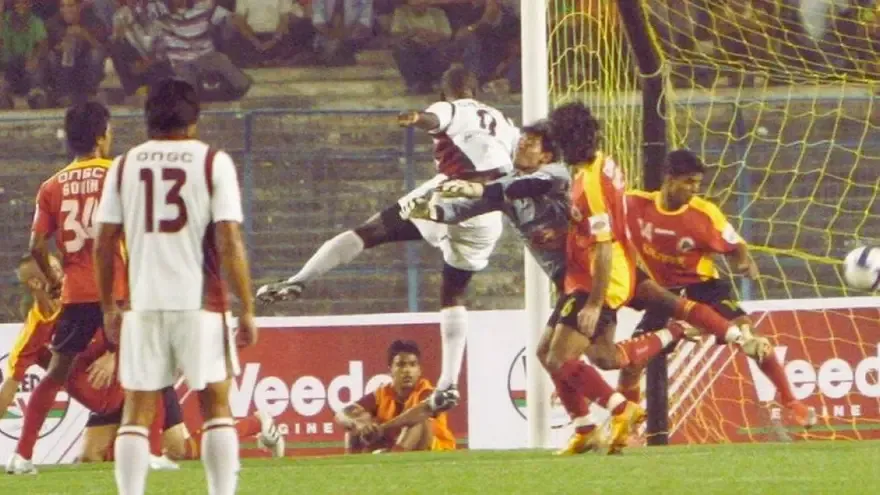India’s relationship with football goes way back to the colonial days. Many of the football fans are unknown of the fact that India was once called the ‘Brazil of Asia’ or the East Bengal and Mohun Bagan rivalry is among the top fifty rivalries in club football around the world. Another interesting fact that is unknown to many is when India won against English in 1911.
Mohun Bagan made history by defeating a British regimental team East Yorkshire Regiment of Faizabad by 2-1, and becoming the first Indian team to lift the coveted IFA Shield.
Mohun Bagan, Kolkata’s oldest Indian football club, was invited to play the esteemed IFA Shield in 1911. Coached by Sailen Basu, the Disciplinarian, the barefooted players had an impressive run in the tournament. They defeated St. Xavier’s Institute by 3-0 and Rangers FC by 2-1 in the first and second round respectively. In the quarter-final, Bagan triumphed over Rifle Brigade by 1-0 and Middlesex Regiment by 4-1 in the semis and reached the final in top form.
The craze for the final was such that Bagan fans travelled to Kolkata from the neighboring Bihar and Assam and outlying districts. Also, the East Indian Railway ran a special train for the purpose. Tickets which were priced at Re 1 and 2 were sold in the black market for Rs 15.

Refreshment vendors also made the most on that day. The total number of spectators in the final was around 80,000- 1,00,000. This was unbelievable as Kolkata’s population was a little over 10 lakh back then.
The crowds were at fever pitch. Two sides of the stadium were kept open for assembled spectators. Touts provided wooden boxes to help them get a view of the match and charged spectators money per box. The charges were according to the proximity to the playing area. Those who could not get a seat inside the stadium had occupied spaces on the nearby treetops. The member’s seats were fully occupied and the enclosed side of the ground had been booked by B.H. Smith & Co. for the British fans.
There were innovative methods to keep everyone informed of the progress of the game- organizers flew kites with the club’s colours and score written on them. At half-time, the teams were leveled at 0-0.
Sergeant Jackson scored in the 75th minute to make it 1-0 for the British regimental team. Bagan equalized immediately afterward via skipper Shibdas Bhaduri. With the equalizer the cloud was painted maroon and green as there was an explosion of kites.
The sturdy center-forward Abhilash Ghosh scored the winning goal for Mohun Bagan and the history was created. Bagan lifted the IFA Shield and became the first Indian team to do so.
The victory established Kolkata as the hub of Indian football and heralded the city’s long-lasting relationship with the beautiful game. The victory also had political and social implications. Bagan’s win had burst the bubble that the European race was superior, something that the Congress Party and supporters of Swadeshi had been unable to achieve. The victory was seen as a symbol of hope for an oppressed nation.
The Mohun Bagan team played barefooted, which gave rise to the myth that boots cramped their style of play and playing barefoot improved ball control and dribbling skills.
However, economic conditions are a more credible reason for this. At the turn of the century, hand sewn football boots had cost Rs 4 and 7 annas, which was a lot in those days.














